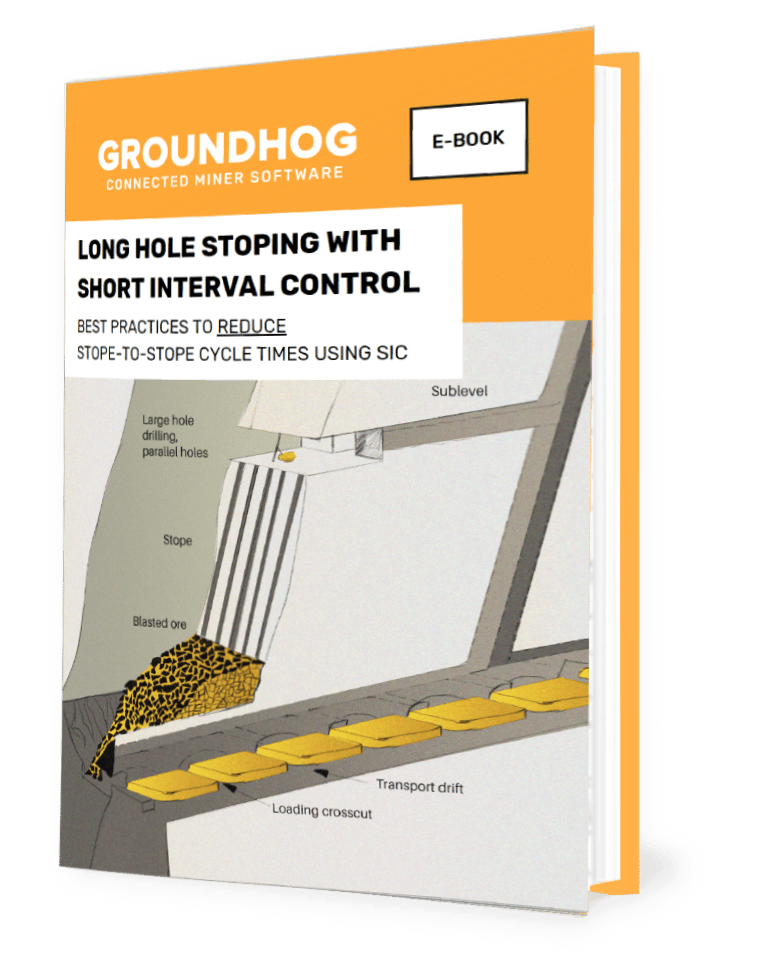
Mining is a complex business that involves management of a large fleet of vehicles under environmental, legal and safety considerations. It is important for mining companies to have visibility into the use of every vehicle and the performance of every driver in order to streamline operations, improve safety standards and drive higher process efficiencies. The ability to accurately monitor your fleet location, usage and behavior, can make a significant difference to the bottom line. In this infographic, we explain the difference between a traditional and digital fleet management system and why you should adopt a fleet management system for mining.
Digital Fleet Management System
- Digitized data collection.
- Enhanced production scheduling.
- Automated equipment and work-site inspections.
- Real-time location tracking.
- Analytics and intelligence.
- Affordable and easy installation.
Traditional Fleet Management System
- Manual data collection.
- Delayed production scheduling.
- Paper-intensive, error-prone in-person inspections.
- Operational insights unavailable in real-time.
- Delayed availability of reports slows decision making.
- Heavy investment required.
4 Reasons Why You Should Adopt a Digital Fleet Management System:
- Reduced downtime – anticipates and equips the team to deal with failures.
- Process optimization – improved scheduling, material and equipment flow.
- Safer Mines – improved safety and higher regulatory compliance.
- Improved productivity – better actuals versus plans, with real-time tracking
About GroundHog FMS
GroundHog FMS is a mobile fleet management system optimized for use in underground mines designed to work out of the box for all underground mine operations. GroundHog FMS controls production, tracks and schedules workforce, and helps you get deep insights to drive higher process efficiency. With GroundHog FMS, you can build a mine that is highly efficient, safe and profitable.



